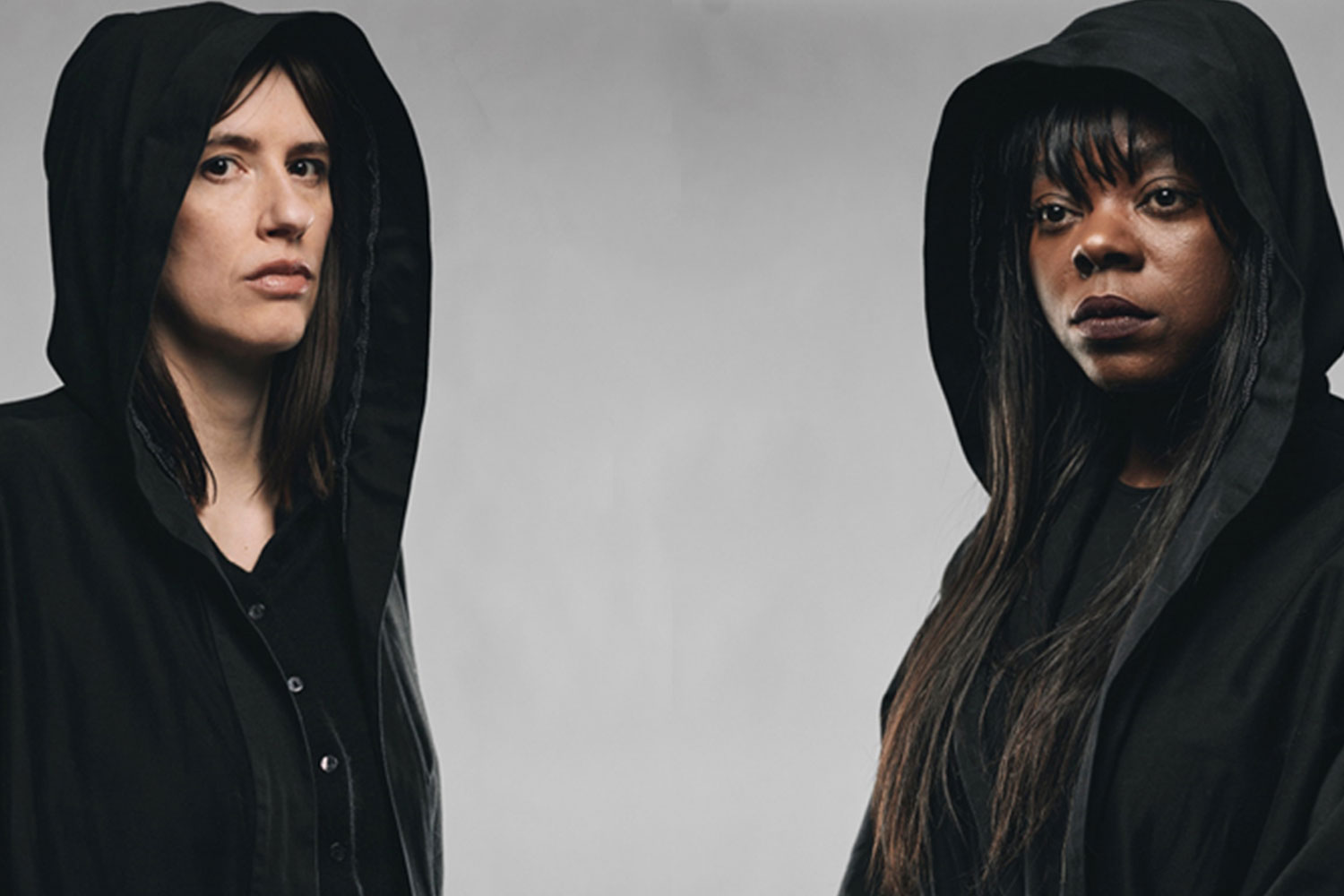After Dido
Katie Mitchell and Director of Photography Leo Warner have sliced through the difficulties with an almost wholly successful staging that dispenses with coherent narrative while bombarding the senses. They have treated theatre classics this way before but it’s a first for opera.
Unlike Deborah Warner and Phyllida Lloyd, Mitchell hasn’t quite established herself in the opera world. There was a none-too-successful St Matthew Passion at Glyndebourne last year and before that a nicely-conceived Jephtha for WNO/ENO. She now moves away from the staged oratorio to blow the cobwebs off England’s first so-named opera.
We’re backstage at the recording of a live, through-played film in territory not a million miles away from Anthony Minghella’s Truly, Madly, Deeply. Actors play out three contemporary stories of loss and grief against a background (and opera-lovers may feel frustrated at the composer’s constant upstaging) of Purcell’s opera.
Anyone who’s attended a studio recording of a TV show will recognise the half-seen scenarios (minus the stoppages), sometimes glimpsed from afar and relayed on monitors or, here, on a large screen dominating the stage.
There’s a long (too long) prelude of establishment shots, before the score proper begins, in which we’re introduced to the tricks of the trade – actors and props doubled for close-ups, off-screen sound fx and incessant scurrying between locations. There’s a blurring throughout of actors, singers and technicians (not many Didos have to busy themselves at the props table directly after singing the lament!).
The organised chaos, meticulously choreographed, is so dizzying a second viewing wouldn’t reveal half of what’s going on and it all becomes draining once the basic conceits are laid down.
As for the music, Christian Curnyn leads a sprightly account of the score, ideally suited to this size of auditorium, with a select band of strings drawn from the ENO orchestra. Susan Bickley skilfully doubles Dido and The Sorceress, the excellent Katherine Manley is a sweet Belinda and Madeleine Shaw stands out as First Witch. The rest of the singers, like the opera itself, are sidelined amongst the jumble of imagery and sensations.
Video has been used in opera, with one degree of effectiveness or another, for years but probably never as extensively or boldly as here. Some will find the fragmentary presentation and unclear narrative frustrating and irritating but it’s undeniable we’re seeing a breaking of boundaries, consummately executed.
Following last year’s excellent offerings of Lost Highway and Punch and Judy, ENO’s now-annual sortie across the river continues to stimulate and innovate. This is work both companies should be proud of and it bodes well for next season’s Idomeneo at the Coliseum (to be directed by Katie Mitchell) and the lip-smacking prospect of Henze’s Elegy for Young Lovers at the Young Vic.
– Simon Thomas










